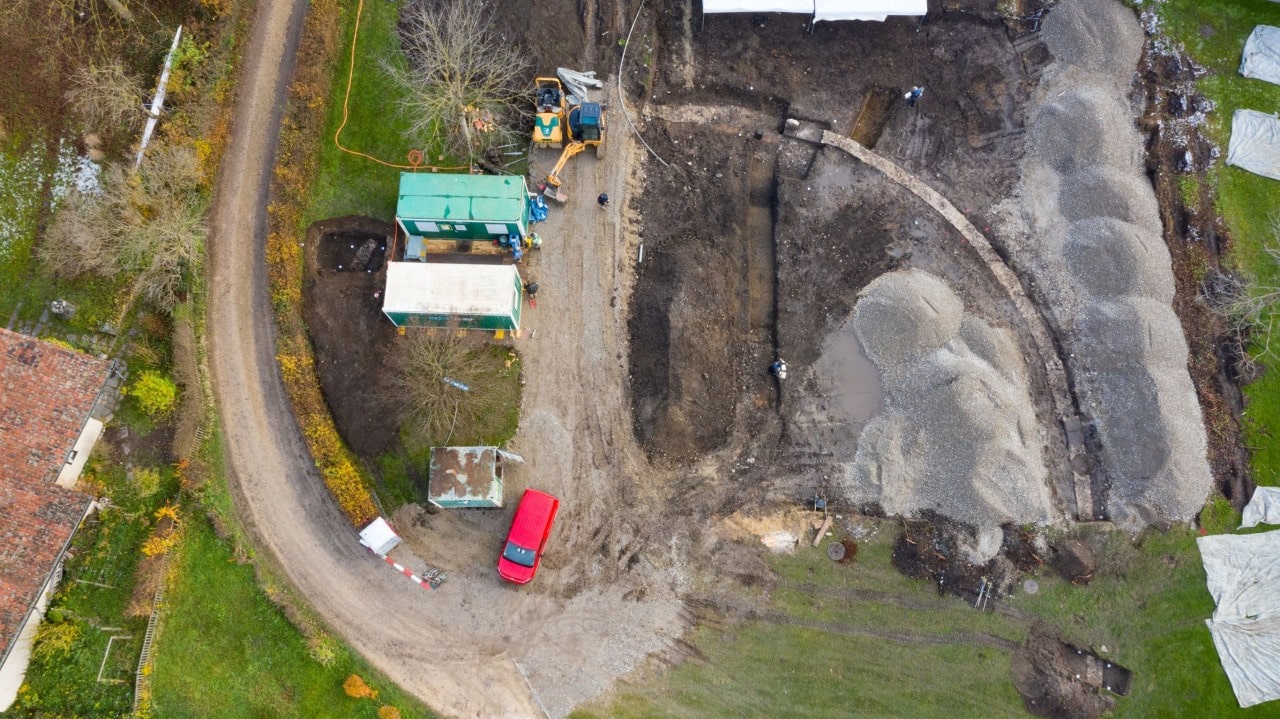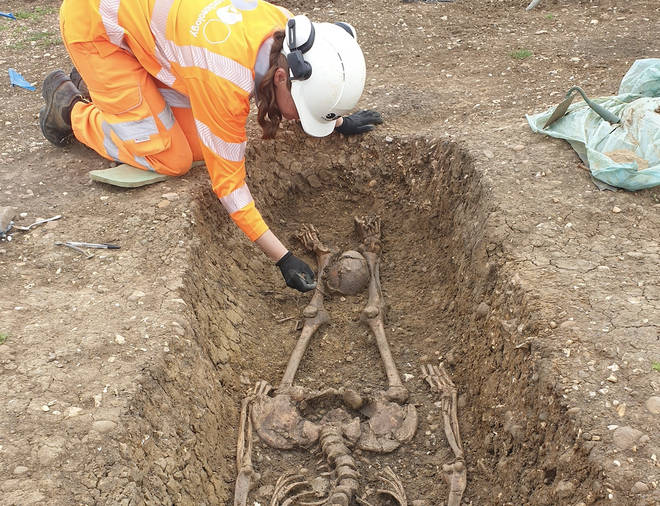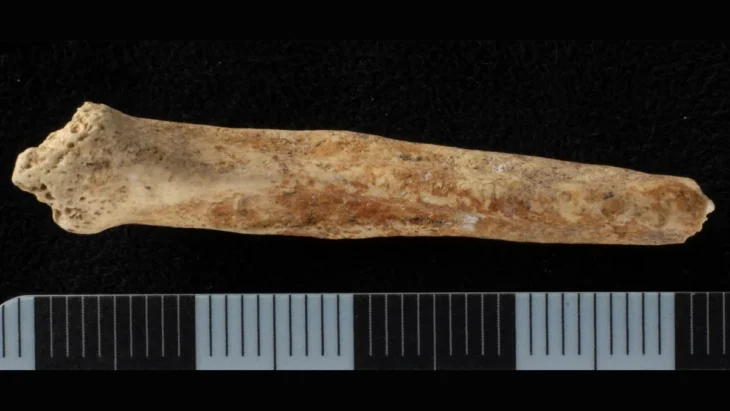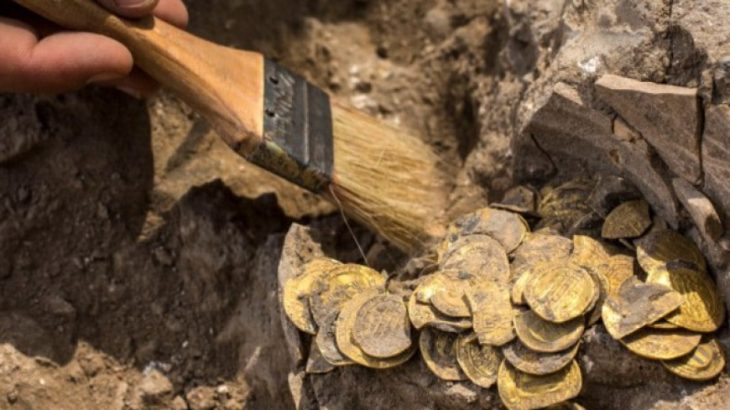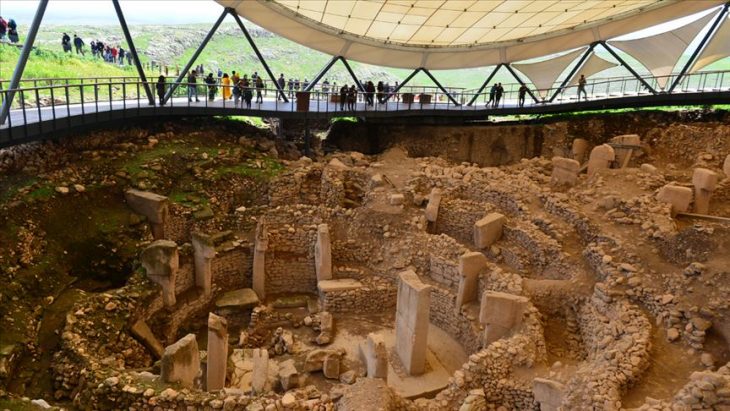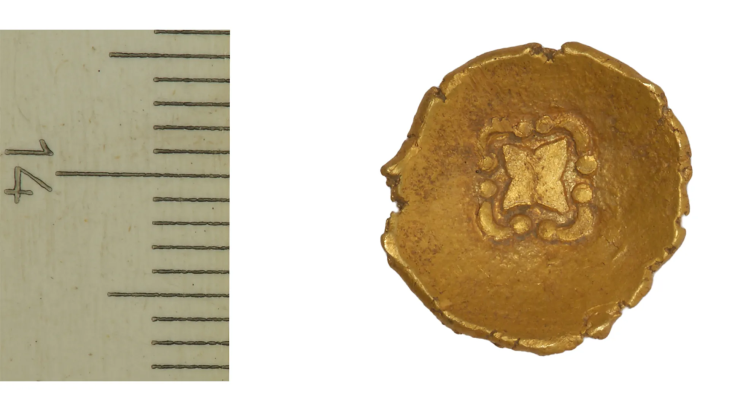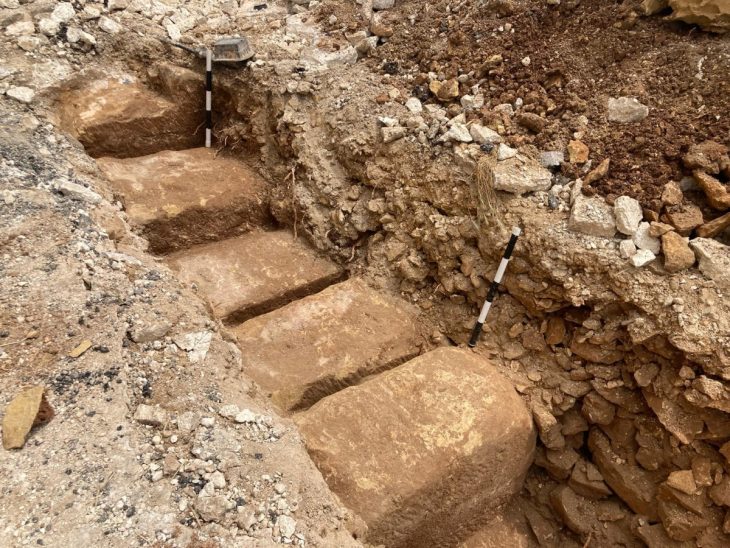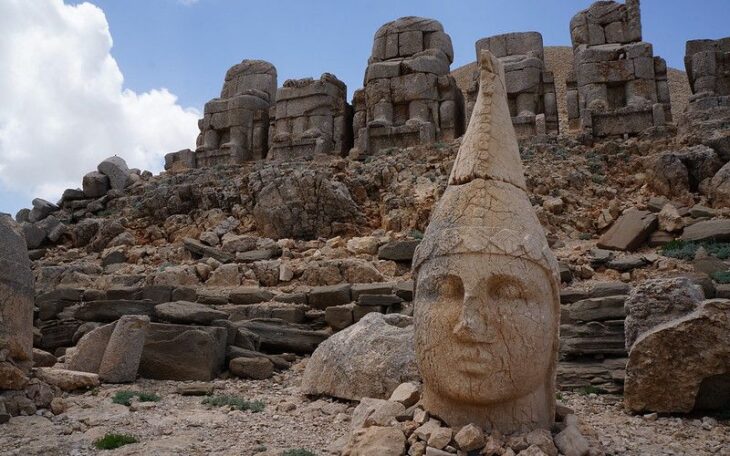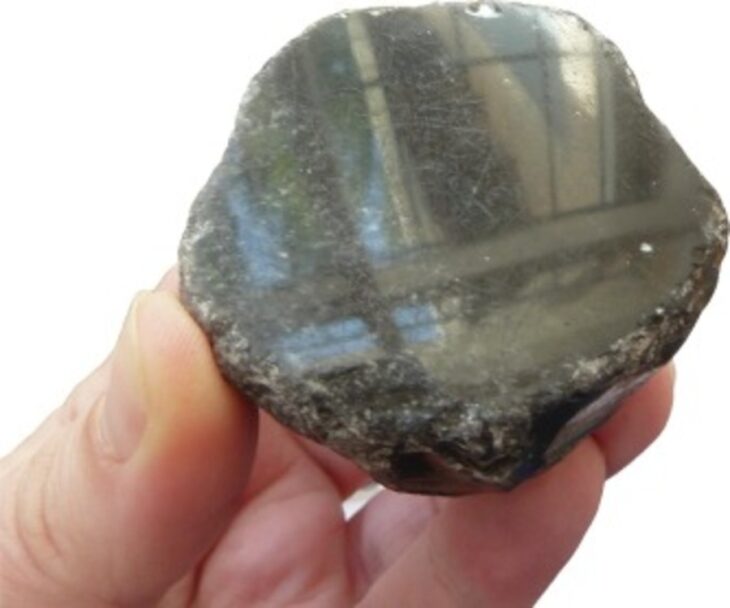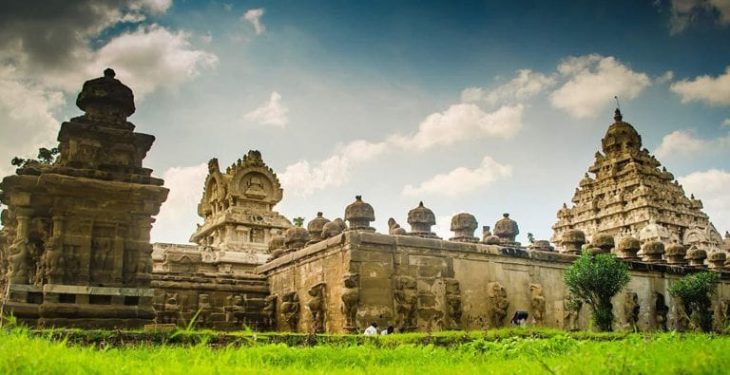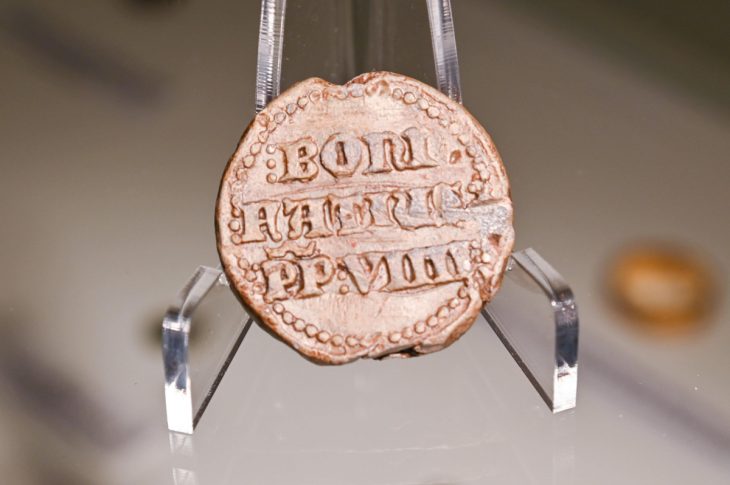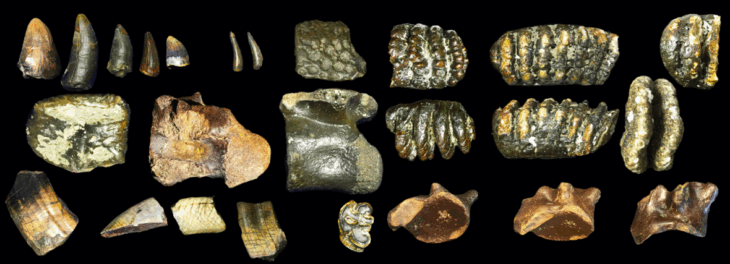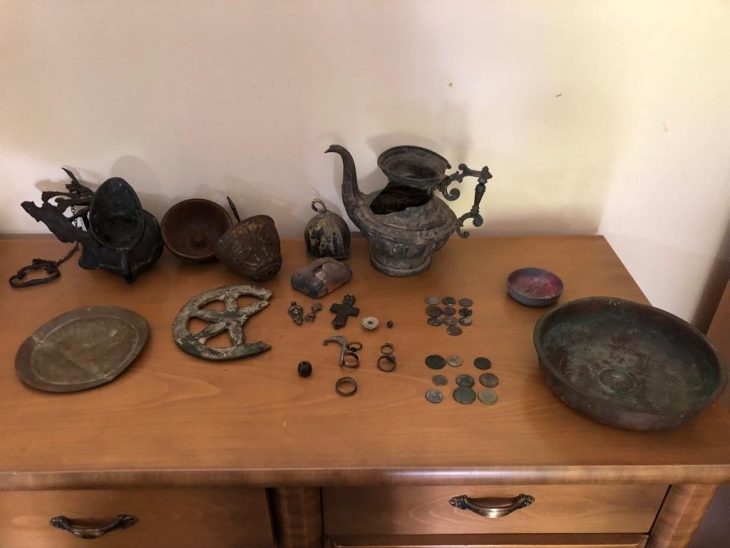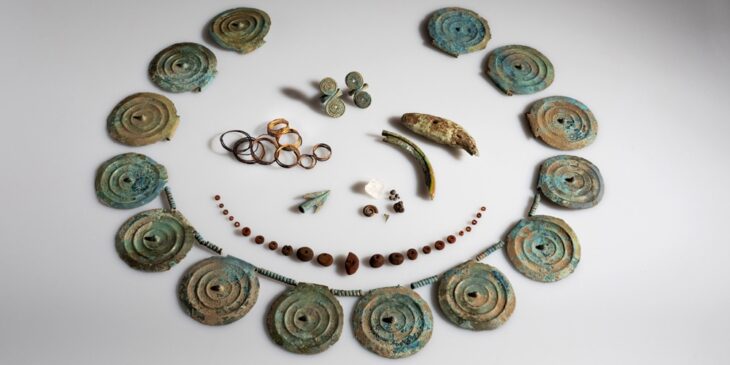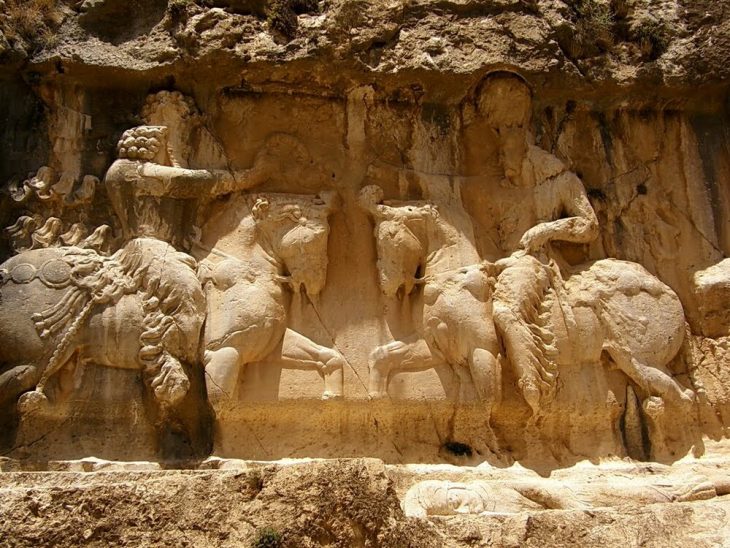Archaeologists from Aargau Cantonal Archaeology have announced the discovery of a Roman amphitheater in Kaiseraugst, located in the canton of Aargau, Switzerland.
The amphitheater was discovered during the construction of a new boathouse for the Basel Rowing Club on the Rhine at Kaiseraugst. The facility is around 50 meters long and 40 meters wide and is located in the valley of a quarry that was abandoned in Roman times.
The Castrum Rauracense is located just west of the Kaiseraugst fort. To the south of the compound, found a large gate the amphitheater complex flanked by two side entrances and the remains of another entrance on the arena western side made from large sandstone blocks.
The grandstands were made of wood, and the impression of a wooden post could still be seen on the structure. All of the evidence, including the oval, entrances, and grandstand post-placement, points to an amphitheater. It dates to late antiquity, most likely the 4th century AD, based on the building materials used, the discoveries, and the fact that it was erected in an abandoned quarry.
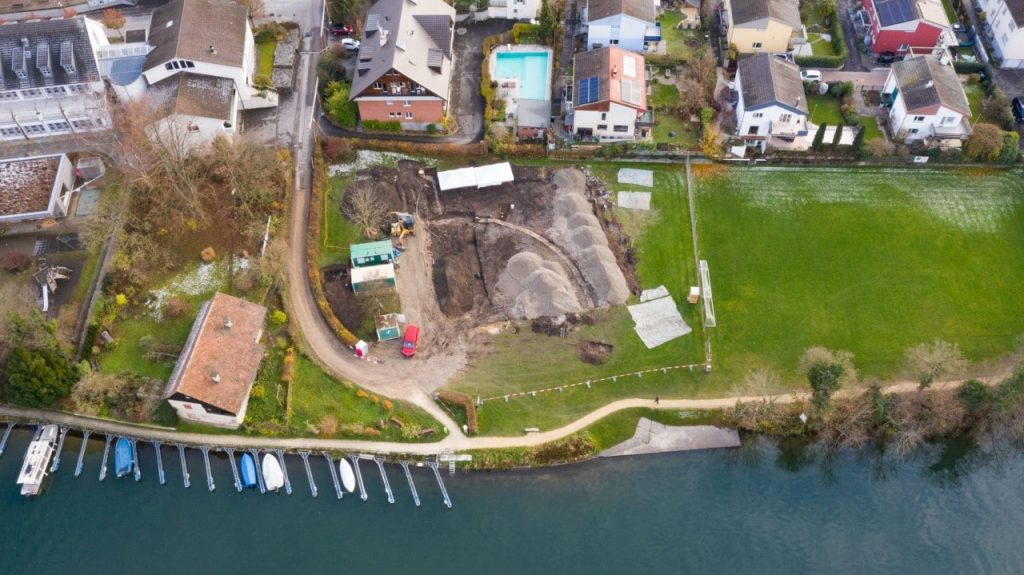
As a result, the monument emphasizes the prominence of the Castrum Rauracense in the fourth century AD.
The researchers suggest that the amphitheater is the second amphitheater in the canton of Aargau after the Vindonissa (Windisch), and the third such monument found in Augusta Raurica.
Aargau Cantonal Archaeology stated: “The monument underlines the importance of the Castrum Rauracense in the 4th century AD. The fort was an important settlement with a military function on the Roman border, but also an administrative center.”
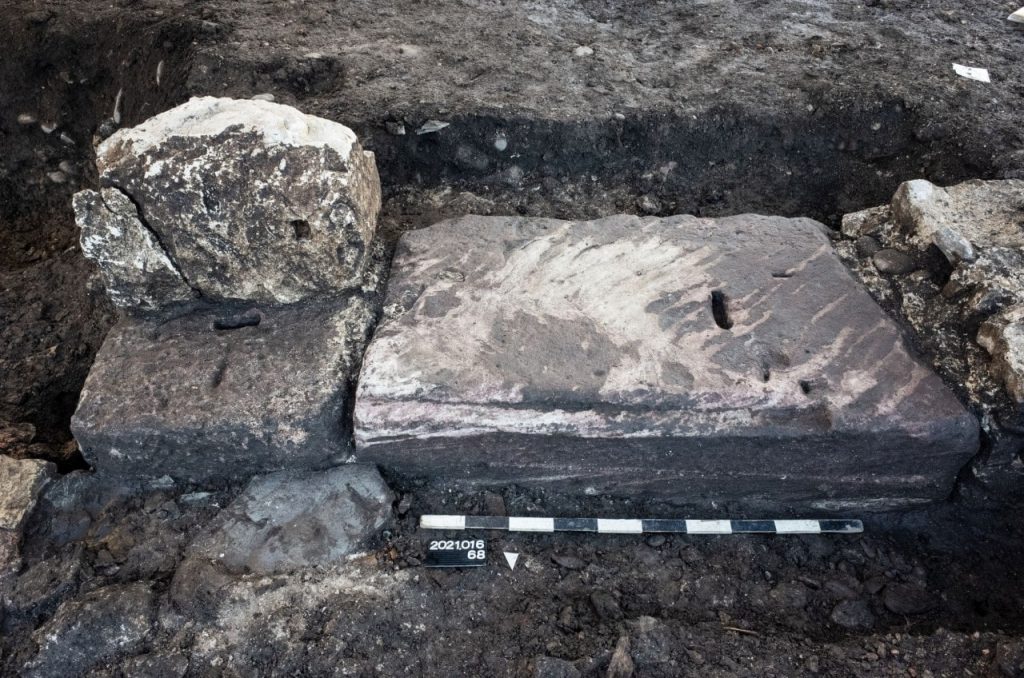
Around 44 BC, Lucius Munatius Plancus built Augusta Raurica, or Colonia Augusta Rauracorum, in the area of a native Gallic tribe known as the Rauraci. The town grew to be a thriving commercial trading center in the 2nd century AD, with a population of over 20,000 people.
The Kaiseraugst fort was an important settlement with a military function on the Roman border, but also an administrative center. The Roman city of Augusta Raurica, the archaeological site of the Roman city of Augusta Raurica, and the late antique Castrum Rauracense, form a unit. Today the site extends to both the Aargau and the Basel area.

